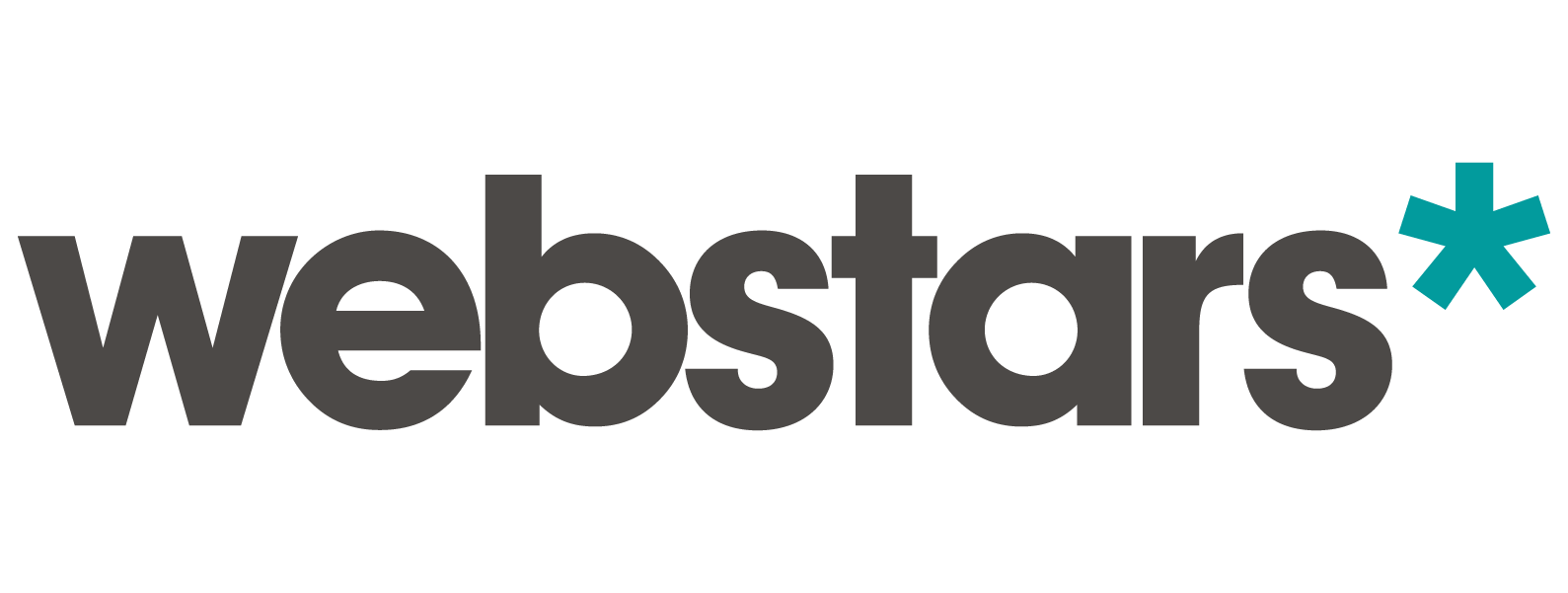To Gate
or Not to Gate?

If you’re a marketer, you’ve probably had at least one spirited debate over whether to gate your content or not.
Some swear it’s the only way to generate valuable leads, while others see it as a major blockage in the user journey - a lead deterrent, rather than a lead magnet.
We believe that gating can be beneficial… if done under the right circumstances, with the understanding that you may be trading off valuable data for a smoother user journey and SEO benefits. Read on to find out what the pros and cons of gating are, and whether soft gating may be the right solution for you.
The advantages of gating...
Lead generation
The most obvious benefit of gating your content is the ability to capture leads. Lead generation is still a top concern for B2B marketers - which may explain why 64% of B2B marketers gate their content.
As third-party cookies are due to sunset in 2024, gathering Zero Party Data is becoming increasingly important, and gated content provides a perfect opportunity to collect relevant data about your audience, in exchange for content that will inform, interest, and/or entertain them. Not only is this a far more transparent way of collecting user data, but it also ensures that the data is coming from truly engaged users who want to engage with your content, and hopefully your business as a whole later down the line.
Personalisation
Better data means better personalisation - and since content gating lets you collect data about your users, it can really elevate your personalisation, especially if you’re running an Account Based Marketing campaign which requires hyper-personalisation and 1-on-1 communication.
You can use gating forms as an opportunity to collect data that really matters to your personalisation - for example, what topics they would be interested in hearing about, or what channel they’d prefer to be contacted on. This means that future communications can be more relevant and engaging, helping users move faster through the funnel and with less friction.
Communication
Finally, gating also allows marketers to more directly communicate with their audience, without concerns around user privacy and intrusive marketing. Gating content gives you an opportunity to open a direct line of communication with your audience; this is where a cleverly written email campaign can keep up the engagement momentum after they’ve downloaded your content, whether it’s to provide even more relevant resources, send questionnaires or surveys, promote new offerings, or simply check in with them. Consistent communication can be key in moving users through the customer journey, and gating is another tactic you can use to achieve this.
... and the disadvantages
User journey
Ideally, you’d want your user journey to be as smooth and easy as possible, and unfortunately gated content adds an obstacle to that journey. In fact, gated content may even cause users to abandon the journey altogether - and this can be compounded if gating occurs too early in the funnel, or if lead capture forms are frustratingly long. And if the content behind the gating doesn’t meet users’ expectations it could cause dissatisfaction with your brand as a whole.
That isn’t to say that you should never use lead capture forms, but it’s important to be aware of the ‘speed bump’ they can become for your user journey, and therefore craft them with the user in mind.
Bad data
Have you ever entered a fake email address to get access to airport WiFi (while also dodging their marketing emails)? For every genuinely interested person who willingly gives you their details, there are just as many (if not more, in many cases!) who simply want to access your content and will enter fake details or keysmashes, making this data completely useless for future marketing activities, and costing you time and resources when you do process this data. The timing of gating in the user journey can have a big impact on the proportion of ‘bad data’ you collect.
Search engine optimisation
One of the main advantages of writing great long-form content - aside from genuinely informing and satisfying your readers, hopefully - is that it tends to perform extremely well in search engine rankings, especially following Google’s Helpful Content update in September 2022. However, putting content behind gating makes it inaccessible to Google’s crawlers, and therefore impossible to ‘read’ and rank. While you can still optimise the gating landing page for topic-specific keywords, it is unlikely to meet Google’s requirements for ‘helpful content’ and will therefore never perform as well in search engine rankings.
Is soft gating the answer?
Maybe the answer to the question ‘to gate is not to gate’ is not a yes or a no, but a ‘kind of’.
There is a middle ground between gating and no gating: soft gating is the practice of making your content either partially or fully accessible to users while still presenting them with a lead capture form. There are a number of different ways you can soft gate your content:
Make your content only partly visible - for example, displaying only the first page of a case study - with the rest of the content only available after users submit a form. This allows users to judge for themselves whether they want to exchange their data for your content.
Make your content fully visible, but not downloadable; users may then choose to fill out a form which would allow them to download the content, or even receive a personalised email with the content attached. This allows users even more opportunity to evaluate your content’s value before sharing their details.
Making your content fully available to users, with the form being completely optional. This is a risky strategy, and works best when users are at the bottom of the funnel. However, this will guarantee that the data you get is from highly engaged users who most likely know, like and trust you - a winning combination that leads to sales conversions.
In conclusion...
All of this to say, the success of hard, soft or no gating strategies will vary depending on a multitude of factors - your marketing goals, target audience, content type, funnel stage, and more, will all affect whether gating or not is the right strategy for you. It’s important to truly think about what your marketing goals are, and whether gating will help you achieve those goals.
Perhaps even more importantly, your audience’s user experience should also majorly factor into your gating discussions; this is where A/B testing different landing pages could finally put an end to the gating/no gating debates.
In our many years of helping clients promote and grow their business, we’ve seen many cases where gating content is the right choice - and others where it causes more problems than it solves.
If choosing the right gating type for your content is a challenge, why not get in touch with us and see if we can help?
Account Based Marketing
Download our Complete Guide





